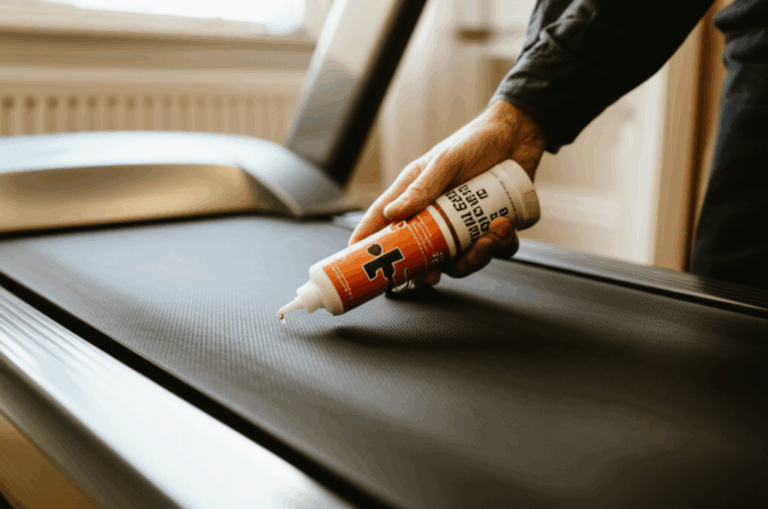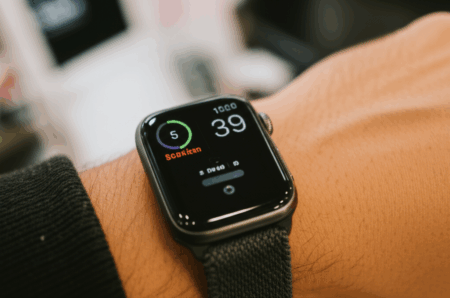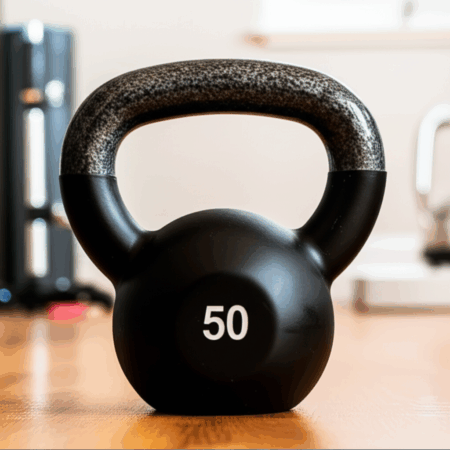Your SOLE Fitness home treadmill is a significant investment in your health and wellness, offering a convenient way to stay active. To ensure this investment provides years of smooth, reliable performance, proper routine maintenance—especially lubrication—is absolutely crucial. Just as you wouldn’t drive a car without oil, you shouldn’t run on a treadmill without proper lubrication. Neglecting this simple task can lead to increased friction, premature wear, costly repairs, and a diminished workout experience.
This comprehensive guide will answer your frequently asked questions about SOLE Fitness treadmill lubrication and provide essential routine maintenance tips to keep your machine in peak condition.
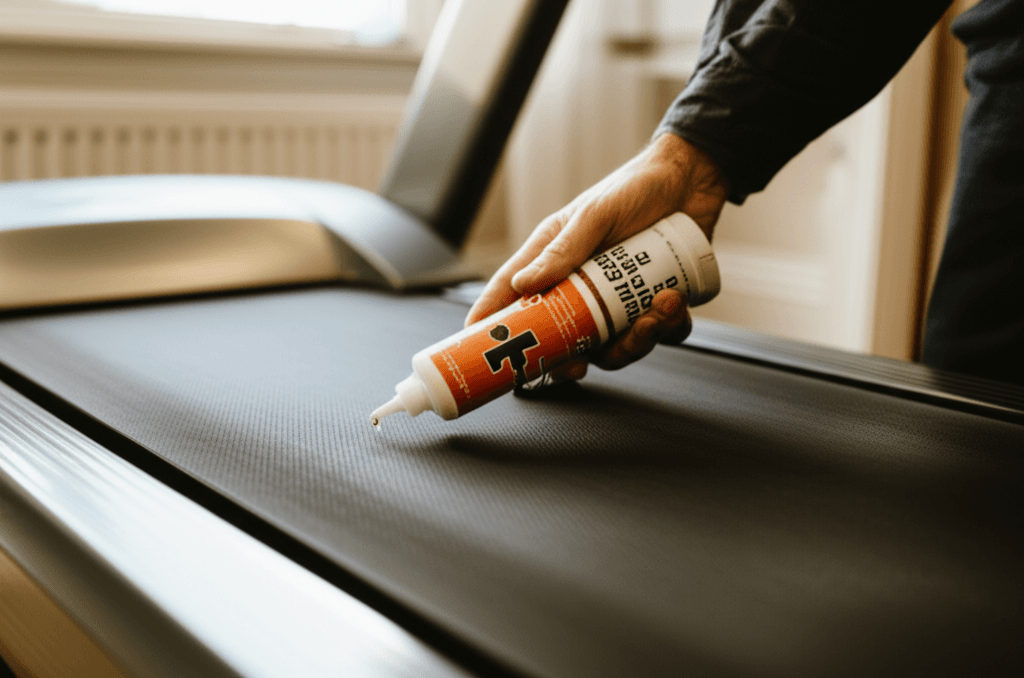
Why SOLE Treadmill Lubrication is Essential for Longevity
The running belt on your treadmill constantly rubs against the deck during use. This friction generates heat and places stress on the motor and other components. Lubrication acts as a protective buffer, minimizing this friction and ensuring a smooth, quiet operation.
Key benefits of proper SOLE treadmill lubrication include:
- Extended Lifespan: Reduces wear and tear on the belt, deck, and motor, significantly prolonging the life of your treadmill.
- Smoother Operation: Decreases friction, leading to a more consistent and comfortable running or walking experience.
- Prevents Overheating: Less friction means the motor doesn’t have to work as hard, preventing it from overheating.
- Reduces Noise: A well-lubricated belt minimizes squeaking and other noises caused by friction.
- Avoids Costly Repairs: Regular lubrication can prevent premature failure of expensive components like the motor and motor control board, saving you money in the long run.
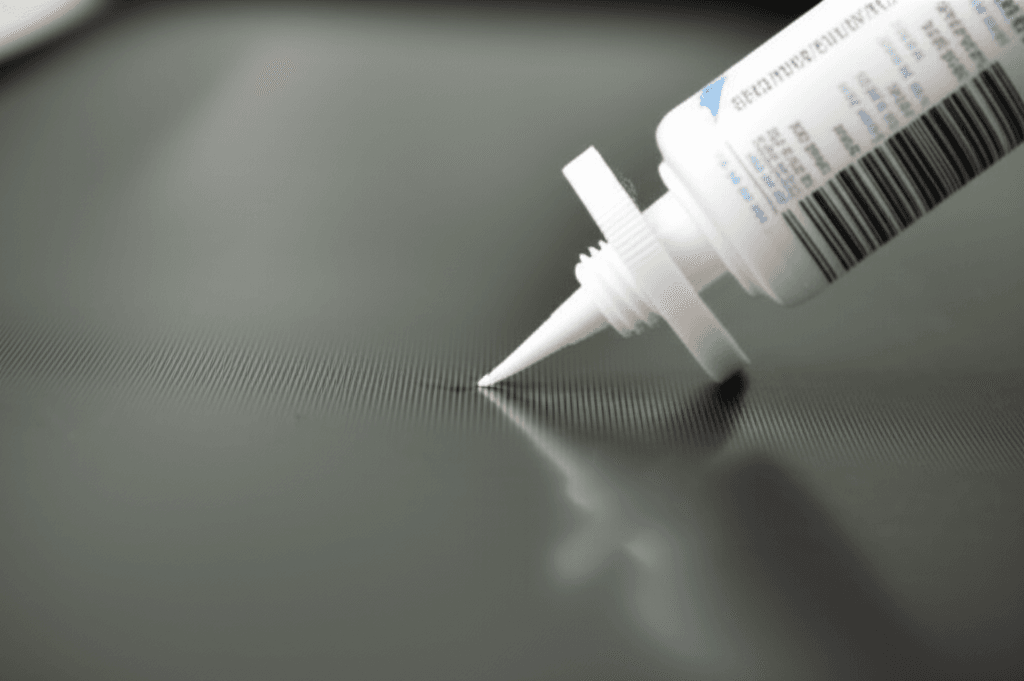
SOLE Fitness Treadmill Lubrication FAQs
Understanding the specifics of lubricating your SOLE treadmill is key to effective maintenance.
How Often Should I Lubricate My SOLE Treadmill?
SOLE Fitness recommends lubricating your treadmill every 90 hours of use or every 3 to 6 months, whichever comes first. Some sources also suggest checking the owner’s manual for specific models, as recommendations can vary slightly. For example, some manuals state 180 hours or every three months.
If you don’t track usage hours, a general guideline based on intensity is:
- Light/Moderate Use (1-3 users, 10 hours/week or less): 1-2 times per year.
- Heavy Use (2+ users, 10+ hours/week): 2-4 times per year.
It’s also crucial to note that the SOLE ST90 and TT8 models have pre-lubricated or waxed belts and typically do not require lubrication. Always consult your owner’s manual for specific instructions regarding your model.
How Do I Know if My SOLE Treadmill Needs Lubrication?
Several signs indicate your SOLE treadmill requires lubrication:
- Console “Lube” Indicator: Most SOLE treadmills feature a “Lube” indicator on the console that illuminates after approximately 90 or 180 hours of use, reminding you it’s time for maintenance.
- Dry Belt and Deck: You can manually check by unplugging the treadmill, lifting the belt, and feeling the deck surface underneath. If it feels dry and not slick or waxy, it’s time to lubricate. Make sure to check the center of the belt, not just the edges.
- Increased Noise or Friction: If your treadmill starts making more noise than usual, or you feel increased friction and resistance during your workout, it’s a strong indicator that lubrication is needed.
- Skipping or Jerking Belt: A belt that skips or jerks during use can be a sign of insufficient lubrication.
What Type of Lubricant Should I Use for My SOLE Treadmill?
It is critical to use only SOLE-approved, 100% silicone-based lubricant. Using other types of lubricants, especially petroleum-based products like WD-40, can damage the treadmill belt and deck, potentially voiding your warranty. SOLE Fitness specifically engineers its silicone lubricant to reduce friction and ensure smooth operation. You can typically purchase additional lubricant directly from SOLE or use approved third-party silicone lubricants like Lube-N-Walk kits.
Step-by-Step SOLE Treadmill Lubrication Process
Proper application is essential for effective lubrication. Always ensure your treadmill is turned off and unplugged before beginning any maintenance.
Preparation:
- Turn off and unplug your SOLE treadmill.
- Clean the area under the belt: Push a lint-free cloth halfway under the belt and drag it along the deck 1-2 times to remove any dust or debris.
- Loosen the Belt: Locate the two rear roller adjustment bolts (usually in the rear end caps). Use an Allen wrench (typically 6mm, often supplied with the treadmill) to loosen both bolts by 5-10 counter-clockwise turns, making sure to turn each bolt the same amount. This creates enough slack to access the deck. Remember how many turns you made so you can tighten it back correctly later.
Applying the Lubricant:
- Kneel down and reach under the belt, approximately 18 inches from the motor cover and 4-6 inches from one side edge. This area is typically where your feet land during a workout.
- Apply a line of silicone-based lubricant in a zig-zag or “S” pattern, about 1/8 inch wide and 15 inches long, perpendicular to the motor cover. Some sources suggest squeezing out the entire tube in a 1-foot line in the middle.
- Repeat the process on the opposite side of the treadmill deck.
- Important: Do not get lubricant on the top surface of the belt itself. Wipe up any spills immediately.
Post-Lubrication Walkthrough:
- Tighten the Belt: Re-tighten the rear roller adjustment bolts the same number of turns clockwise that you loosened them. Ensure the belt is snug but not overly tight.
- Plug the treadmill back in and turn it on.
- Set the treadmill to a slow walking speed (around 3-6 mph) and walk on it for about 5 minutes. This helps to evenly distribute the lubricant across the entire belt and deck surface.
- Check belt tracking to ensure it remains centered. If it drifts, adjust accordingly (refer to your owner’s manual for specific belt tracking instructions).
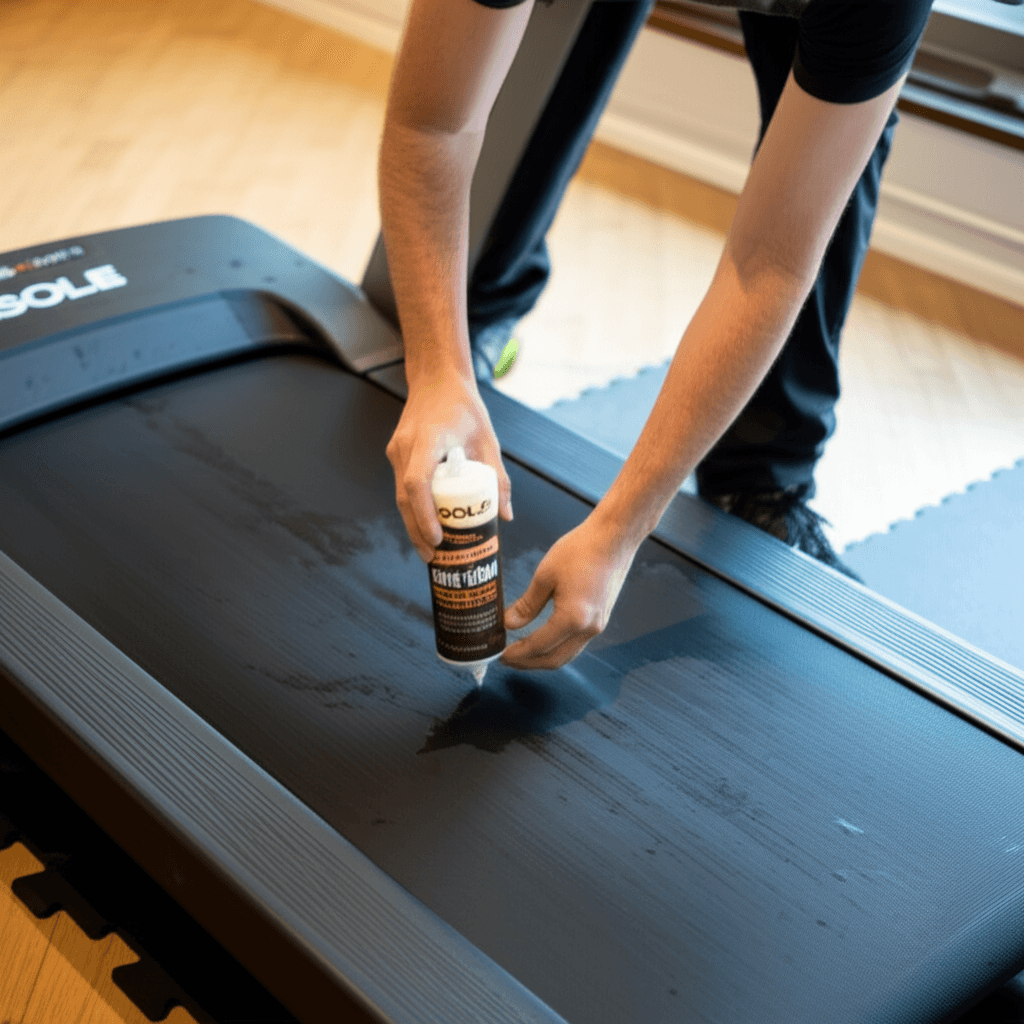
Comprehensive Routine Maintenance Tips for Your SOLE Treadmill
While lubrication is critical, it’s part of a broader routine to keep your SOLE treadmill performing optimally and safely.
Regular Cleaning
- Wipe Down After Each Use: Sweat and dirt can accumulate on the console, handrails, and belt. Wipe these areas down with a lightly damp, soft cloth after every workout. Avoid using harsh household chemicals, as they can damage the plastic and surfaces.
- Vacuum Monthly: Dust, hair, and debris can build up around and under your treadmill, potentially clogging components. Vacuum the floor around and under the machine at least once a month.
- Clean Motor Hood Annually: Once a year, remove the black motor hood and vacuum any dirt or dust that has accumulated inside to keep the motor running smoothly.
Inspect and Tighten Components
- Check Screws and Bolts Semi-Annually: Regular use can cause screws and bolts to loosen, especially around the console. Periodically check all components and tighten any loose hardware to prevent operational issues or safety hazards.
- Inspect Electrical Components: Regularly check the power cord and plug for any signs of damage. Ensure the treadmill is unplugged before inspection or maintenance.
Belt Alignment and Tension
- Check Monthly: A misaligned or overly loose/tight belt can lead to uneven wear, damage, and affect performance.
- Adjust as Needed: If the belt is off-center, you can adjust it by turning the rear roller bolts (as described in the lubrication section). Small adjustments are key, and always refer to your owner’s manual for precise instructions. If you can lift the running mat by more than 1-2 inches on either side, it might be too loose.
Software Updates
- Perform Regular Software Updates: If your SOLE treadmill model supports software updates, keep it updated to ensure optimal functionality and access to the latest features.
By diligently following these lubrication and routine maintenance guidelines, you’ll safeguard your SOLE Fitness home treadmill, ensure a safer and more enjoyable workout experience, and significantly extend its operational life. Remember, a little preventive care goes a long way in protecting your fitness investment.




